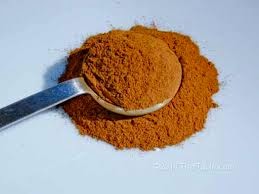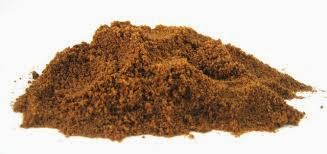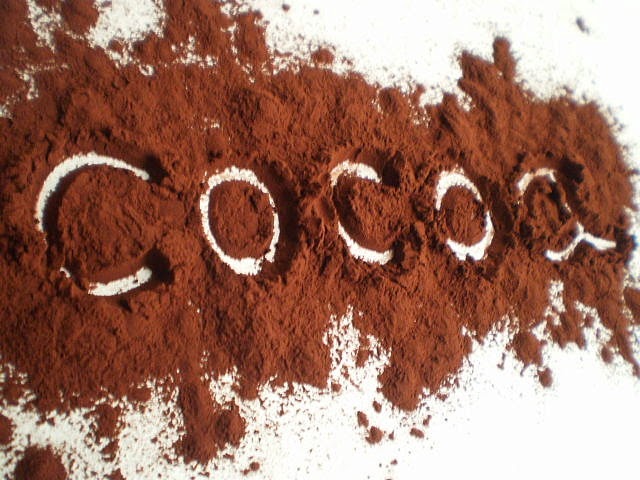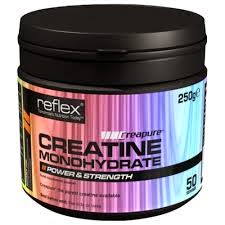Post workout nutrition is so important to aid recovery and overall health. Below are some suggestions to optimise.
You’ve just trained balls to the wall, you’ve pushed the envelope of what you thought was possible, you’re so impressed with yourself you think the gym should commission a dumbbell rack in your honour, you could of sworn at one point scientologists were whispering motivational axioms in your ear, but it turned out to be a combination of pop music from the sound system and the thundering of your own heartbeat. As you gingerly navigate the corridors back to your locker to find the antidote to stop your hands from shaking, the feeling of fatigue infiltrating every cell in your body and as a reward for what seems like an unrecognised momentous occasion in human history – you reach for the shaker that holds recovery elixir protein powder.
This post is for those that want to optimise their post workout shake.
Four things I regularly add to my post workout shake are cinnamon, nutmeg, creatine and cocoa.
Cinnamon
What it is:
Cinnamon is a spice that comes from trees that belong to the genus “Cinnamomum” – native to the Caribbean, South America, and Southeast Asia.
There are two main types of cinnamon:
– Cinnamomum verum (Ceylon cinnamon), most commonly used in the Western world
– Cinnamomum aromaticum (Cassia cinnamon or Chinese cinnamon), which originates from southern Asia.
Training, aesthetic and health benefits:
Cinnamon may:
– improve blood sugar control. The cassia variety is proving to have quite promising anti-diabetic properties which have yet to be established in the ceylon variety – this does not mean it won’t though.
– improve nutrient partitioning – glucose goes to muscle cells vs. going to fat cells
– improve energy expenditure throughout the day via increased unscheduled instinctual movement
– aid fat loss
– aid muscle gain
– improve cognition, mood and slows neurodegeneration (through lowered brain insulin and inflammation. The smell alone may actually improve cognition)
– fights bacteria and fungus thusly aiding the immune system and gut biome
Health issues:
A plant compound called coumarin found in relatively high amounts in Cassia cinnamon powder -up to 63 times more when compared to Ceylon cinnamon- is suspected to negatively effect the liver in sensitive individuals (Liver issues). The recommended TDI (Total Daily Intake) of coumarin by the European Foods Standards Agency is 0.1mg coumarin per kg of body weight but because of the huge variety in coumarin, even samples from the same tree, it is almost pointless in giving a TDI for cassia cinnamon – what should be noted is that even in the spicy food (coumarin is found in other spices) eating South Asian communities the TDI for coumarin was not reached.
In Europe, U.S and Australia cassia is generally added to foods as it is the cheaper of the two. If it’s labelled cinnamon in the U.K than it’s the safer ceylon variety but that’s not the case for the U.S and other countries around the world.
Take this much:
1/4-1/2 leveled teaspoon mixed with your protein. I also add cinnamon to my coffee.
Nutmeg
Training, aesthetic and health benefits:
Nutmeg may:
– improve blood sugar control.The evidence is not as strong as it is for cassia cinnamon but their are indications that it may yield similar results.
– improve nutrient partitioning – glucose goes to muscle cells vs. going to fat cells
– improve energy expenditure throughout the day via increased unscheduled instinctual movement
– aid fat loss
– aid muscle gain
– fights bacteria and fungus thusly aiding the immune system and gut biome
Health issues:
Nutmeg is interesting at high doses! Reports of euphoria, hallucinations, increased thermogenesis, paralysis and vomiting can be experienced. These are the results of consuming way beyond the norm.
Take this much:
1/4-1/2 leveled teaspoon mixed with your protein. I also add nutmeg to my coffee
Cocoa
What it is:
Cocoa belongs to the genus “Theobroma”. Cacao is one of 22 species of Theobroma and cocoa is cacoa that has gone through a high heat as part of it’s processing.
Training, aesthetic and health benefits:
Cocoa may:
– aid nutrient delivery – improve energy expenditure throughout the day via increased unscheduled instinctual movement
– aid fat loss
– aid muscle gain
– improve cognition, mood and slows neurodegeneration (through lowered brain inflammation and increased alertness from caffeine and theobromine content)
– create a reward loop associated with training
Health issues:
Cocoa’s “side effects” seem to stem from the caffeine content; the usual suspects of diarahea, constipation, headaches, anxiety and hand shaking. If you are sensitive to caffeine you might want to limit your cocoa consumption.
Take this much:
1/2-1 leveled tablespoon added to your protein shake. If your protein powder is chocolate flavour than it’s very likely you don’t have to add your own as their is enough already present.
Creatine Monohydrate
What it is:
Creatine is a nitrogenous organic acid that helps to supply energy to all cells in the body, primarily muscle. This is achieved by increasing the formation of adenosine triphosphate (ATP). It is primarily used during explosive movements -think sprinting, Olympic Lifting, Powerlifting, Long Jump and so on- and lasts roughly 10-15sec of continuous all-out effort.
It should be noted that creatine is one of the most extensively studied ergogenic aids out there.
Training, aesthetic and health benefits:
Creatine may:
– combat fatigue
– aid performance during times of sleep deprivation
– improve strength endurance
– improve nutrient partitioning – glucose goes to muscle cells vs. going to fat cells
– improve cognition
– aid fat loss
– improve brain health and fight neurodegenration especially in vegetarians and vegans
– improve muscle size
– decrease muscle breakdown
Health issues:
Creatine is relatively safe in high doses, is a naturally occurring substance in the body and is found in meat products. May be a issue for those with kidney issues.
Take this much:
It has been recommended for an eternity that creatine should loaded by taking 20g a day for 5 days followed by 2-5g a day there on after. I have found taking high doses on training days alone has worked better. I personally take 2.5-40g after a training and this is based on type of session which is related to my present goals and how many sessions I’m having that week.
I was happy to read DH Kiefer’s Creatine Series as it went someway to validating what I had practically found to be the case.
Health: 2-5g with shake
Strength and hypertrophy: (Body weight kg x 2.1)/sessions per week = post workout amount
70kg x 2.1 = 147g
147/4 = 37g per with post workout shake
Summary:
Add about 1/4-1/2 a teaspoon of nutmeg and cinnamon, 1/2-1 tablespoon of cocoa and 2-5g of creatine monohydrate or use DH Kiefer’s formula of body weight in kilograms times 2.1 divided by sessions per week to your post training protein shake to optimise your shake for improved health markers and performance.
If you have any questions or would like me to expand on a particular benefit, simply leave a comment.
If you like the article and know people that could benefit from the information then please share with friends on social media.
We appreciate any feedback you have for us.
Michael Hannon, DUO trainer
Share





